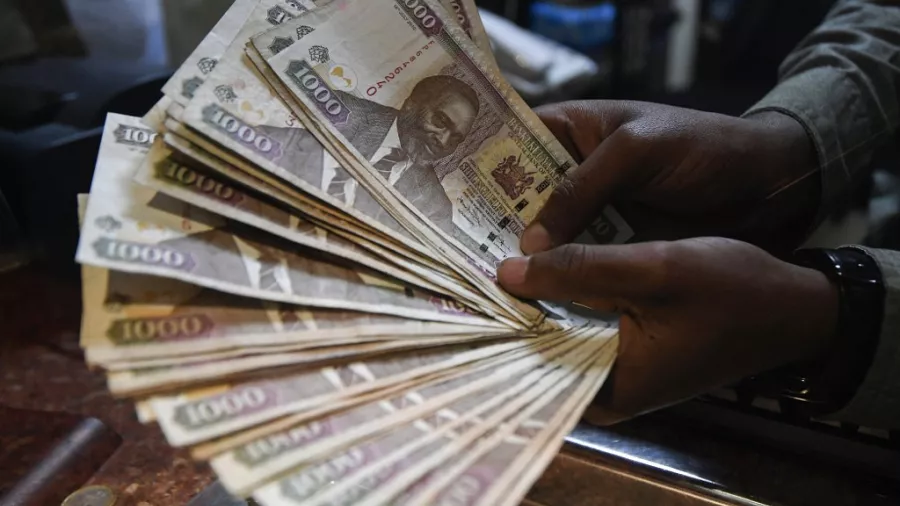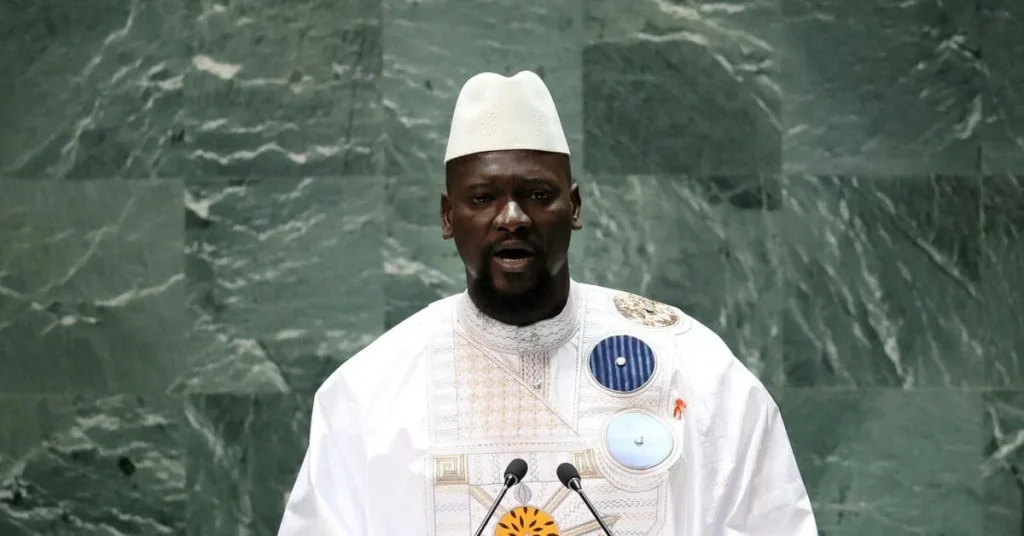On May 1, 2022, Kenyan President Uhuru Kenyatta announced a 12% increase in the minimum wage during a Labour Day rally in Nairobi, raising it from KES 13,500 (approximately $116.50 or €110.50) to KES 15,120 ($130.50 or €124) per month, effective immediately. “As a caring government, we find there is a compelling case to review the minimum wages so as to cushion our workers against further erosions,” Kenyatta stated, addressing the economic strain caused by rising fuel and food prices. However, the hike fell short of the 24% increase demanded by the Central Organisation of Trade Unions-Kenya (COTU), reflecting tensions between worker expectations and government constraints.
Inflation and Economic Pressures
Kenya faced a seven-month inflation high of 6.47% in April 2022, up from 5.56% in March, driven by skyrocketing fuel and food costs, exacerbated by global disruptions like the Russia-Ukraine war and the lingering effects of the Covid-19 pandemic, per the Kenya National Bureau of Statistics. “The high cost of living is due to factors beyond my control like the coronavirus pandemic and the Russia-Ukraine conflict,” Kenyatta said, deflecting blame amid political tensions ahead of the August 9, 2022, presidential election. A severe drought and a fuel shortage in April, which caused long queues and rationing, further strained Kenyans’ ability to afford basic goods.
Context and Political Backdrop
The wage increase came as Kenya prepared for a contentious election, with Kenyatta, ineligible for a third term, endorsing Raila Odinga over his deputy, William Ruto, after a 2018 political pact. Kenyatta criticized rivals like Ruto for politicizing the economic crisis, which was worsened by a $28 billion budget unveiled in April 2022 to recover from pandemic-related job losses. Despite the wage hike, the minimum wage remained below the living wage, with low-income earners spending over 60% of their income on food, per the Kenya Economic Report 2023. The informal sector, employing 83% of workers, often evades wage regulations, limiting the hike’s impact.
Economic and Social Implications
The 12% increase aimed to ease the burden on formal sector workers in urban centers like Nairobi, Mombasa, and Kisumu, where the minimum wage applies, but critics argued it was insufficient against inflation’s erosive effects. Real earnings growth declined by 2.7% between 2020 and 2022, per policy analyst Adan Shibia, highlighting the gap between wages and rising costs. The government’s $28 billion budget sought to stimulate recovery, but prolonged drought and global supply chain disruptions continued to drive food and fuel prices, disproportionately affecting low-income and rural households in arid regions like Turkana.
Looking Ahead
The wage hike, while a step toward supporting workers, faced criticism for not aligning with COTU’s demands or the living wage needed for basic needs. As Kenya transitioned to a new administration post-2022 election, labor unions continued advocating for stronger enforcement of wage laws and social protections. By August 2025, the minimum wage had risen to KES 15,201.65 following a 6% increase in November 2024, but inflation, peaking at 9.6% in October 2022, remained a persistent challenge, underscoring the need for sustained economic reforms to address Kenya’s cost-of-living crisis.






